BCEIA2023学术报告会大会报告(一)
2023-07-17 15:51:08 来源:
语言:英文
时间:2023年9月6日
地点:学术会议区W201
邀请全球知名科学家介绍DNA存储、纳米毒理学等前沿科学技术,分享球差电镜、微型化双光子显微镜等高端仪器的研究进展,同时就质谱法和核磁共振法等研究生物大分子结构及功能、新型分离介质制备及蛋白药物、疫苗纯化等最新应用进行探讨和展望。
Paul Westerhoff
教授, 美国亚利桑那州立大学
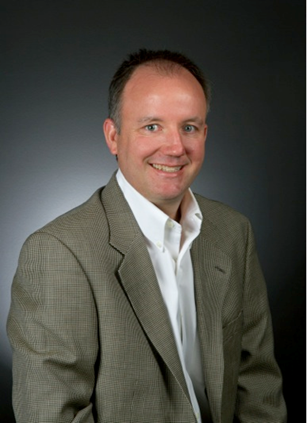
报告题目:Analytical Strategies to Assess PFAS Removal and Lifecycle Fate during Adsorption or Transformative Water Treatment Processes
报告摘要
Per- and polyfluoroalkyl substances (PFAS) occur in ground and surface water sources across the globe, and proposed drinking water regulations are driving PFAS treatment technology development and implementation. This presentation will first address current treatment technologies, which utilize adsorption (liquid to solid phase transformation), membranes (liquid to liquid separations) or transformative (oxidation or reduction) processes. Examples will be provided how treatment process efficiencies for “real waters” and how the processes challenge analytical methods. Second, the presentation addresses end-of-life for residuals (e.g., activated carbon) that contains PFAS, which will require incineration. Tracking PFAS during incineration requires unique analytical approaches to track fluorinated aqueous, gaseous and solid-phase species. Overall, the presentation will demonstrate how to match PFAS analytical strategies to PFAS drinking water treatment processes.
个人简介
Dr. Paul Westerhoff is a Regents Professor and Fulton Chair of Environmental Engineering in the School of Sustainable Engineering and the Built Environment at Arizona State University. Since joining ASU he has held various administrative positions. After serving as the Civil and Environmental Engineering Department Chair he was the Founding Director for the School of Sustainable Engineering and the Built Environment, and served later as Associate & Vice Dean of Research in Engineering and ASU Vice Provost for Academic Programming. Dr. Westerhoff is the Deputy Director of a NSF ERC for Nanotechnology Enabled Water Treatment and co-Deputy Director of the NSF STC Science and Technologies for Phosphorus Sustainability Center. His research group addresses questions related to What pollutants exist in the environment? If they occur, do they matter? If they occur and matter, what do we do to address them? with a focus on pollutants in natural and engineered water systems. He has over 400 journal publications (H-index>100) and multiple patents. He is the recipient of the 2020 A.P. Black award, 2019 NWRI Clarke Prize, 2015 ASU Outstanding Doctoral Mentor, 2013 ARCADIS/AEESP Frontier in Research Award, and 2006 Paul L. Busch Award. He was elected to the National Academy of Engineering in 2023.
Paul Breitenbecher
CEO, Breiten Associates LLC
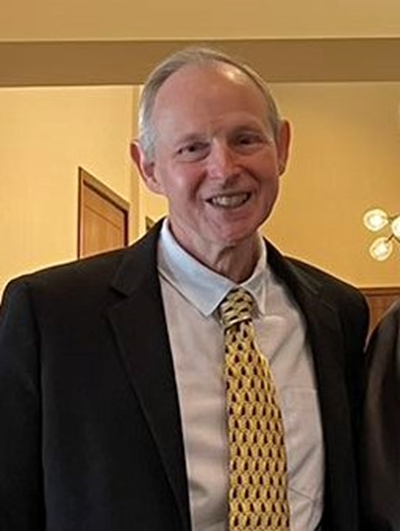
报告题目:False positive, negative, and unexpected Drug Testing Results in the Urine Toxicology Laboratory |药物测试:尿液毒理学实验室使用筛选法(免疫测定法)和确认法(MS)
报告摘要
In 1995 I co-authored a short article entitled “False-positive Immunoassay Results for Urine Benzodiazepine in Patients Receiving Oxaprozin (Daypro)”. This was published when rapid urine drug screening test methods were first becoming available. The laboratory community was starting to realize that not all assays can be tested for all of the thousands of drugs, substances or endogenous compounds that may potentially cause result errors.
There are false positive, false negative and unexpected patient urine drug test results that occur in the Urine Toxicology laboratory.
How does one research these results and assist the clinician in helping to assess these results to treat their patient?
Unexpected urine drug test results can occur during any phase of the testing process; however, the most common usual results occur during the pre- analytical or patient collection phase. During this phase patients can provide “fake” urine, take substances that can affect the testing method, or they can adulterate/dilute their urine specimen.
Depending on the screening test method used, the test method can be impacted by a variety of substances that can produce either false negative, false positive or usual results. Screening results can also be different than the confirmation results making interpretation of patient results even more confusing.
During this presentation we will review a basic screening test method and confirmation method. And discuss some of these unexpected urine drug test results.
个人简介
Paul Breitenbecher在罗得岛大学、康涅狄格大学、杜肯大学等高校进修了研究生课程,曾在哈佛先锋医学中心、诺华生物医学研究院、病理实验室公司(Inform Diagnostics,原名Miraca Life Sciences Inc.)等知名医学机构和企业的实验室从事管理工作。现任Breiten Associates LLC公司的首席执行官,为临床实验室和CRO领域的科研人员提供采购、咨询等方面的技术支持。
Robert Wielgosz
国际计量局(BIPM)化学部主任

报告题目:Certified Reference Materials for a Global Greenhouse Gas Monitoring Infrastructure
报告摘要
Understanding sources and sinks of Greenhouse Gases (GHG) and the impact of policies to mitigate emissions provides a key tool for action against Climate Change. GHG emissions and uptake can be determined through measurement systems that include in situ measurement of GHG concentration at varying levels of spatial distribution. These measurements together with wind-speed measurements and numerical weather prediction and dispersion models can be used to determine spatially and time resolved GHG emissions and sinks. Maintaining a global system of such measurements, as envisaged, for example, by the WMO initiative on a coordinated global Greenhouse Gas Monitoring Infrastructure, requires close attention to quality assurance and equivalence of measurements from different sites. Significant emissions may lead to small changes in GHG concentration, requiring highly consistent calibration standards at different measurement sites. The presentation will cover the establishment and characterization of CO2 in air standards for the measurements of concentration as well as isotope ratio, for source apportionment, that are required in GHG measurement networks. Generating the highest precision measurements of CO2 in air requires adopting metrological traceability to defined sets of primary standards, the so-called scale approach. The conversion of CO2 in air amount fraction values from one scale to another requires the scale relationships to be well known, noting that the requirement for internal consistency of standards within a scale, such as the WMO-CO2-X2019 scale, is at the 0.01 μmol/mol level, and consistency between different scales should not exceed the 0.02 μmol/mol level [1]. Certified reference materials that are needed to calibrate both in-situ based optical/laser based GHG amount faction and isotope ratio measurements as well as mass spectrometric laboratory-based measurements of isotope ratio will be described, as well as on-going comparisons to verify their equivalence. These comparisons are supporting National
个人简介
Robert Wielgosz博士是位于法国的国际计量局(BIPM)化学部的主任,其气体计量实验室负责组织空气质量和温室气体标准国际比对。这些比对为由国家计量院(NMIs)和指定机构(DIs)组成的世全球大气监测网络提供标准支撑。他是国际计量委员会(CIPM)气候变化和环境领域任务组成员,也是国际计量局-世界气象组织(WMO)“气候行动中的计量”研讨会指导委员会主席。他发表测量科学相关论文60余篇,包括世界气象组织大气气体成分测量指南。他拥有剑桥大学伊曼纽尔学院(英国)的自然科学硕士学位,巴斯大学(英国)的博士学位,并在乌尔姆大学(德国)完成了皇家学会欧洲交流研究。
Oliver J. Schmitz
教授德国杜伊斯堡-埃森大学
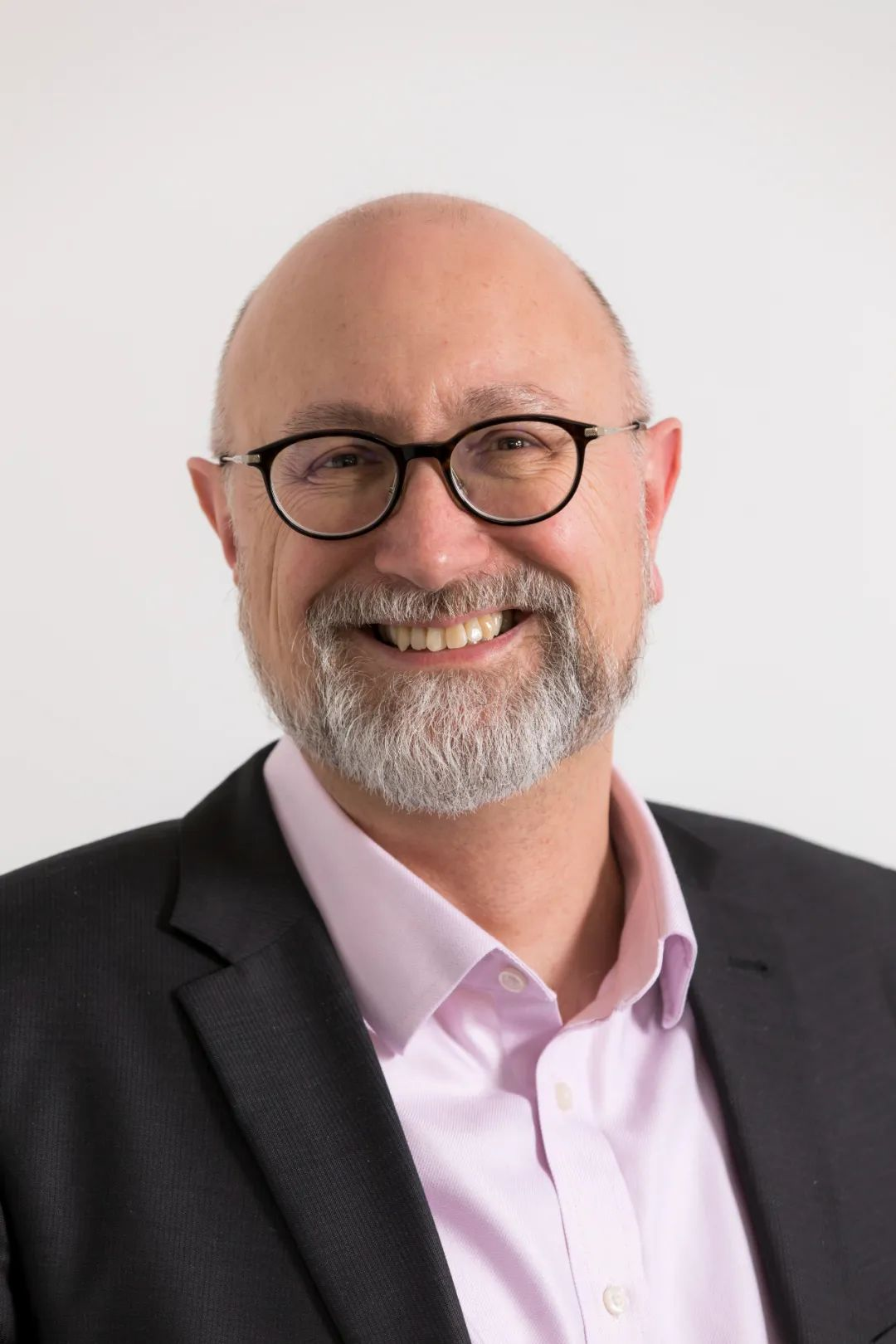
报告题目:Development of a New Ionization Source for Single Cell Metabolome Analysis
报告摘要
Although the unrevealing of cellular heterogeneity is limiting for the understanding of complex processes in cancer research as e.g. its influence on the process of metastasising, current research still depends on bulk analysis technologies as no reliable method could be established for real single cell metabolome analysis yet.
The necessary analytical requirements that such a method for single cell metabolome analysis needs in terms of detection limit, sample amount and specificity will be discussed in detail in this presentation. Also, still unsolved problems will be addressed and put up for discussion.
Subsequently, our current work on an ion source, which should be able to destroy the cell and thus release the analytes and ionize them by means of Dielectric Barrier Discharge, will be presented. The current status of developments from the literature and from us will be briefly presented in this talk.
个人简介
In 2009 Oliver J. Schmitz got a full professor in Analytical Chemistry at the University of Wuppertal (BUW). Between 2010 and 2012 he was the chair of the Analytical Chemistry department at BUW. Since 2013, Schmitz has been a full professor at the University of Duisburg-Essen and heads the Institute for Applied Analytical Chemistry.
2009 he cofounded the company iGenTraX UG which develops new ion sources and units to couple separation techniques with mass spectrometers. In 2011 he was one of the founding directorsof the Interdisciplinary Centre for Pure and Applied Mass Spectrometry, University of Wuppertal. Since 2013, Schmitz is also one of the chairmen of the analytica conferences in China and Vietnam and in 2018, together with Agilent Technologies, he founded the Teaching and Research Center for Separation (TRC).
The research fields of Prof. Schmitz are the development of ion sources, use and optimization of multi-dimensional LC and GC, ion mobility-mass spectrometry and coupling analytical techniques with mass spectrometers. Furthermore, he is working about origin of life and metabolomics. Prof. Schmitz was awarded the scholar-in-training award of the American Association for Cancer Research in 2003, the Gerhard-Hesse Prize for chromatography in 2013 and in the same year the Fresenius Lecturer. 2018 he was awarded with the Waksmundzki Medal Award for Analytical Chemistry of the Polish Academy of Sciences.
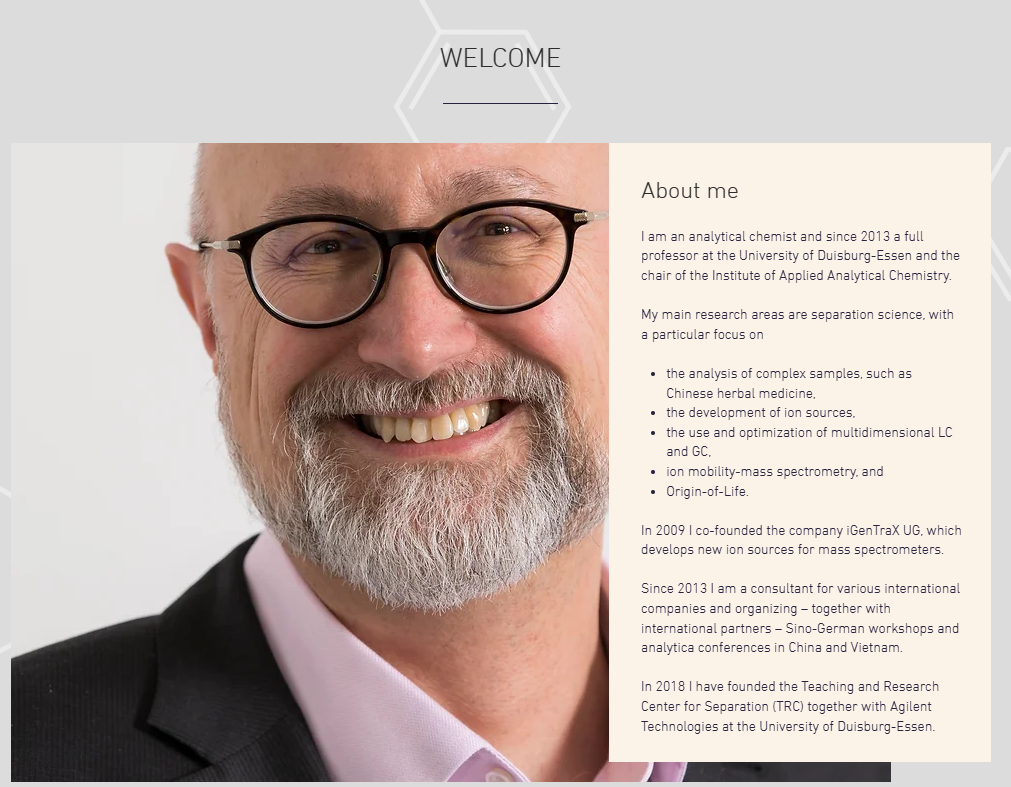

时间:2023年9月6日
地点:学术会议区W201
邀请全球知名科学家介绍DNA存储、纳米毒理学等前沿科学技术,分享球差电镜、微型化双光子显微镜等高端仪器的研究进展,同时就质谱法和核磁共振法等研究生物大分子结构及功能、新型分离介质制备及蛋白药物、疫苗纯化等最新应用进行探讨和展望。
Paul Westerhoff
教授, 美国亚利桑那州立大学

报告题目:Analytical Strategies to Assess PFAS Removal and Lifecycle Fate during Adsorption or Transformative Water Treatment Processes
报告摘要
Per- and polyfluoroalkyl substances (PFAS) occur in ground and surface water sources across the globe, and proposed drinking water regulations are driving PFAS treatment technology development and implementation. This presentation will first address current treatment technologies, which utilize adsorption (liquid to solid phase transformation), membranes (liquid to liquid separations) or transformative (oxidation or reduction) processes. Examples will be provided how treatment process efficiencies for “real waters” and how the processes challenge analytical methods. Second, the presentation addresses end-of-life for residuals (e.g., activated carbon) that contains PFAS, which will require incineration. Tracking PFAS during incineration requires unique analytical approaches to track fluorinated aqueous, gaseous and solid-phase species. Overall, the presentation will demonstrate how to match PFAS analytical strategies to PFAS drinking water treatment processes.
个人简介
Dr. Paul Westerhoff is a Regents Professor and Fulton Chair of Environmental Engineering in the School of Sustainable Engineering and the Built Environment at Arizona State University. Since joining ASU he has held various administrative positions. After serving as the Civil and Environmental Engineering Department Chair he was the Founding Director for the School of Sustainable Engineering and the Built Environment, and served later as Associate & Vice Dean of Research in Engineering and ASU Vice Provost for Academic Programming. Dr. Westerhoff is the Deputy Director of a NSF ERC for Nanotechnology Enabled Water Treatment and co-Deputy Director of the NSF STC Science and Technologies for Phosphorus Sustainability Center. His research group addresses questions related to What pollutants exist in the environment? If they occur, do they matter? If they occur and matter, what do we do to address them? with a focus on pollutants in natural and engineered water systems. He has over 400 journal publications (H-index>100) and multiple patents. He is the recipient of the 2020 A.P. Black award, 2019 NWRI Clarke Prize, 2015 ASU Outstanding Doctoral Mentor, 2013 ARCADIS/AEESP Frontier in Research Award, and 2006 Paul L. Busch Award. He was elected to the National Academy of Engineering in 2023.
Paul Breitenbecher
CEO, Breiten Associates LLC

报告题目:False positive, negative, and unexpected Drug Testing Results in the Urine Toxicology Laboratory |药物测试:尿液毒理学实验室使用筛选法(免疫测定法)和确认法(MS)
报告摘要
In 1995 I co-authored a short article entitled “False-positive Immunoassay Results for Urine Benzodiazepine in Patients Receiving Oxaprozin (Daypro)”. This was published when rapid urine drug screening test methods were first becoming available. The laboratory community was starting to realize that not all assays can be tested for all of the thousands of drugs, substances or endogenous compounds that may potentially cause result errors.
There are false positive, false negative and unexpected patient urine drug test results that occur in the Urine Toxicology laboratory.
How does one research these results and assist the clinician in helping to assess these results to treat their patient?
Unexpected urine drug test results can occur during any phase of the testing process; however, the most common usual results occur during the pre- analytical or patient collection phase. During this phase patients can provide “fake” urine, take substances that can affect the testing method, or they can adulterate/dilute their urine specimen.
Depending on the screening test method used, the test method can be impacted by a variety of substances that can produce either false negative, false positive or usual results. Screening results can also be different than the confirmation results making interpretation of patient results even more confusing.
During this presentation we will review a basic screening test method and confirmation method. And discuss some of these unexpected urine drug test results.
个人简介
Paul Breitenbecher在罗得岛大学、康涅狄格大学、杜肯大学等高校进修了研究生课程,曾在哈佛先锋医学中心、诺华生物医学研究院、病理实验室公司(Inform Diagnostics,原名Miraca Life Sciences Inc.)等知名医学机构和企业的实验室从事管理工作。现任Breiten Associates LLC公司的首席执行官,为临床实验室和CRO领域的科研人员提供采购、咨询等方面的技术支持。
Robert Wielgosz
国际计量局(BIPM)化学部主任

报告题目:Certified Reference Materials for a Global Greenhouse Gas Monitoring Infrastructure
报告摘要
Understanding sources and sinks of Greenhouse Gases (GHG) and the impact of policies to mitigate emissions provides a key tool for action against Climate Change. GHG emissions and uptake can be determined through measurement systems that include in situ measurement of GHG concentration at varying levels of spatial distribution. These measurements together with wind-speed measurements and numerical weather prediction and dispersion models can be used to determine spatially and time resolved GHG emissions and sinks. Maintaining a global system of such measurements, as envisaged, for example, by the WMO initiative on a coordinated global Greenhouse Gas Monitoring Infrastructure, requires close attention to quality assurance and equivalence of measurements from different sites. Significant emissions may lead to small changes in GHG concentration, requiring highly consistent calibration standards at different measurement sites. The presentation will cover the establishment and characterization of CO2 in air standards for the measurements of concentration as well as isotope ratio, for source apportionment, that are required in GHG measurement networks. Generating the highest precision measurements of CO2 in air requires adopting metrological traceability to defined sets of primary standards, the so-called scale approach. The conversion of CO2 in air amount fraction values from one scale to another requires the scale relationships to be well known, noting that the requirement for internal consistency of standards within a scale, such as the WMO-CO2-X2019 scale, is at the 0.01 μmol/mol level, and consistency between different scales should not exceed the 0.02 μmol/mol level [1]. Certified reference materials that are needed to calibrate both in-situ based optical/laser based GHG amount faction and isotope ratio measurements as well as mass spectrometric laboratory-based measurements of isotope ratio will be described, as well as on-going comparisons to verify their equivalence. These comparisons are supporting National
个人简介
Robert Wielgosz博士是位于法国的国际计量局(BIPM)化学部的主任,其气体计量实验室负责组织空气质量和温室气体标准国际比对。这些比对为由国家计量院(NMIs)和指定机构(DIs)组成的世全球大气监测网络提供标准支撑。他是国际计量委员会(CIPM)气候变化和环境领域任务组成员,也是国际计量局-世界气象组织(WMO)“气候行动中的计量”研讨会指导委员会主席。他发表测量科学相关论文60余篇,包括世界气象组织大气气体成分测量指南。他拥有剑桥大学伊曼纽尔学院(英国)的自然科学硕士学位,巴斯大学(英国)的博士学位,并在乌尔姆大学(德国)完成了皇家学会欧洲交流研究。
Oliver J. Schmitz
教授德国杜伊斯堡-埃森大学

报告题目:Development of a New Ionization Source for Single Cell Metabolome Analysis
报告摘要
Although the unrevealing of cellular heterogeneity is limiting for the understanding of complex processes in cancer research as e.g. its influence on the process of metastasising, current research still depends on bulk analysis technologies as no reliable method could be established for real single cell metabolome analysis yet.
The necessary analytical requirements that such a method for single cell metabolome analysis needs in terms of detection limit, sample amount and specificity will be discussed in detail in this presentation. Also, still unsolved problems will be addressed and put up for discussion.
Subsequently, our current work on an ion source, which should be able to destroy the cell and thus release the analytes and ionize them by means of Dielectric Barrier Discharge, will be presented. The current status of developments from the literature and from us will be briefly presented in this talk.
个人简介
In 2009 Oliver J. Schmitz got a full professor in Analytical Chemistry at the University of Wuppertal (BUW). Between 2010 and 2012 he was the chair of the Analytical Chemistry department at BUW. Since 2013, Schmitz has been a full professor at the University of Duisburg-Essen and heads the Institute for Applied Analytical Chemistry.
2009 he cofounded the company iGenTraX UG which develops new ion sources and units to couple separation techniques with mass spectrometers. In 2011 he was one of the founding directorsof the Interdisciplinary Centre for Pure and Applied Mass Spectrometry, University of Wuppertal. Since 2013, Schmitz is also one of the chairmen of the analytica conferences in China and Vietnam and in 2018, together with Agilent Technologies, he founded the Teaching and Research Center for Separation (TRC).
The research fields of Prof. Schmitz are the development of ion sources, use and optimization of multi-dimensional LC and GC, ion mobility-mass spectrometry and coupling analytical techniques with mass spectrometers. Furthermore, he is working about origin of life and metabolomics. Prof. Schmitz was awarded the scholar-in-training award of the American Association for Cancer Research in 2003, the Gerhard-Hesse Prize for chromatography in 2013 and in the same year the Fresenius Lecturer. 2018 he was awarded with the Waksmundzki Medal Award for Analytical Chemistry of the Polish Academy of Sciences.


热点推荐
-

主要食品配料厂商携手支持可持续农业
-

别样肉客在华推出脆香酥炸植物基蟹饼,为新春佳节增添美食新选
-

ADM首度亮相FBIF2023,探索食品饮料的今天、明天和未来
-

专访婴儿水团体标准制定者:为何为婴儿饮用水制定更高标准?
-
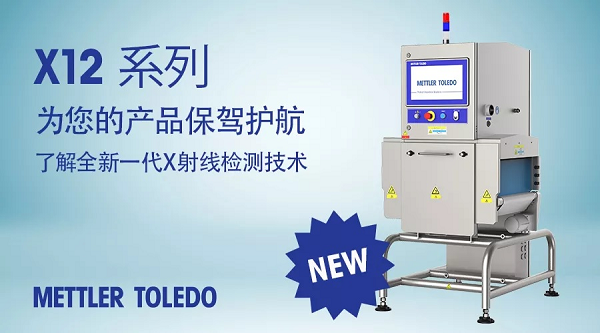
使用梅特勒-托利多X光机的五大理由
-

2025 SIAL西雅展广州交流会成功举办 助推大湾区食饮业高质量发展
-
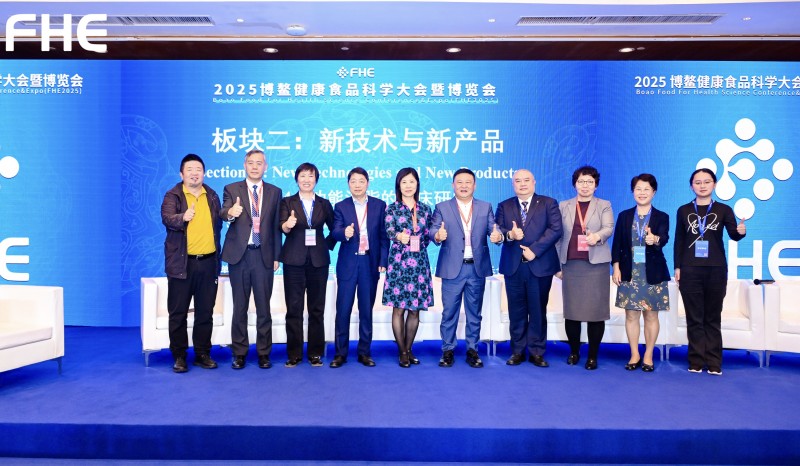
君乐宝亮相2025博鳌健康食品科学大会 以创新实践赋能产业升级
-

菜籽油香飘郑州,中粮餐饮美食地图助力豫菜烹出新风味
-

释放食饮商贸能级,促进内外贸繁荣,SIAL西雅国际食品展即将启幕
-

76家韩企确认参展,SIAL西雅国际食品展亚洲食品饮料馆即将惊艳亮相
-

埃塞俄比亚国家馆开馆仪式在北京成功举办
-
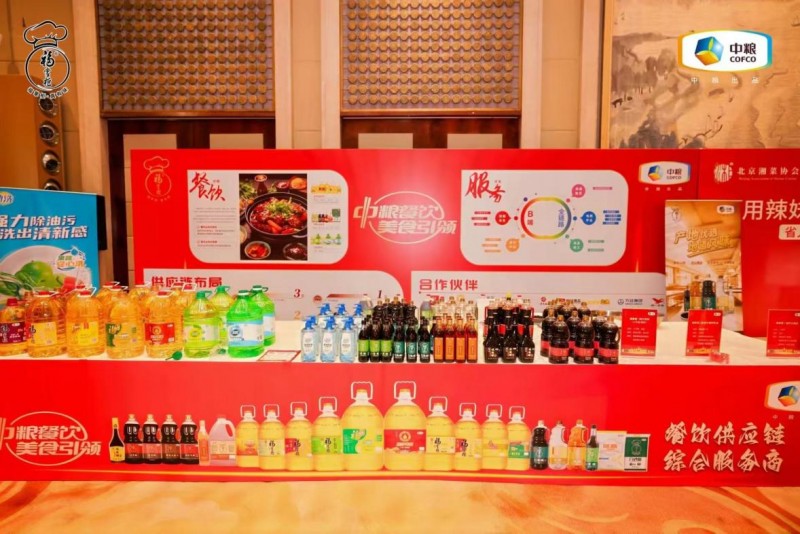
同心湘聚•京艳未来,中粮餐饮助力湘菜品牌高质量发展
-
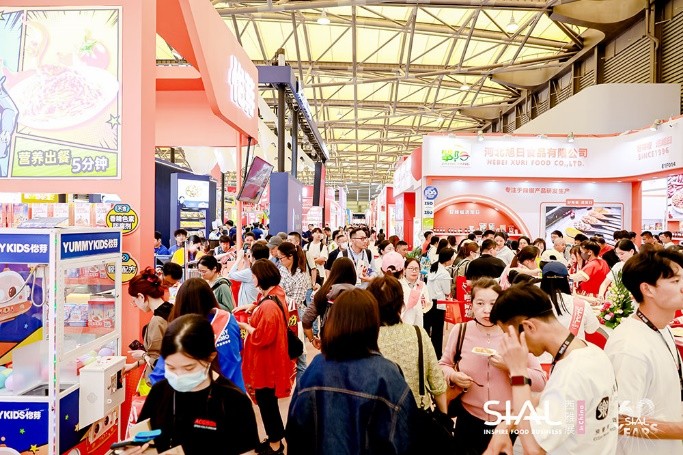
Swiss Meat瑞秘特将携优质肉类产品亮相2025 SIAL西雅展(上海)
-
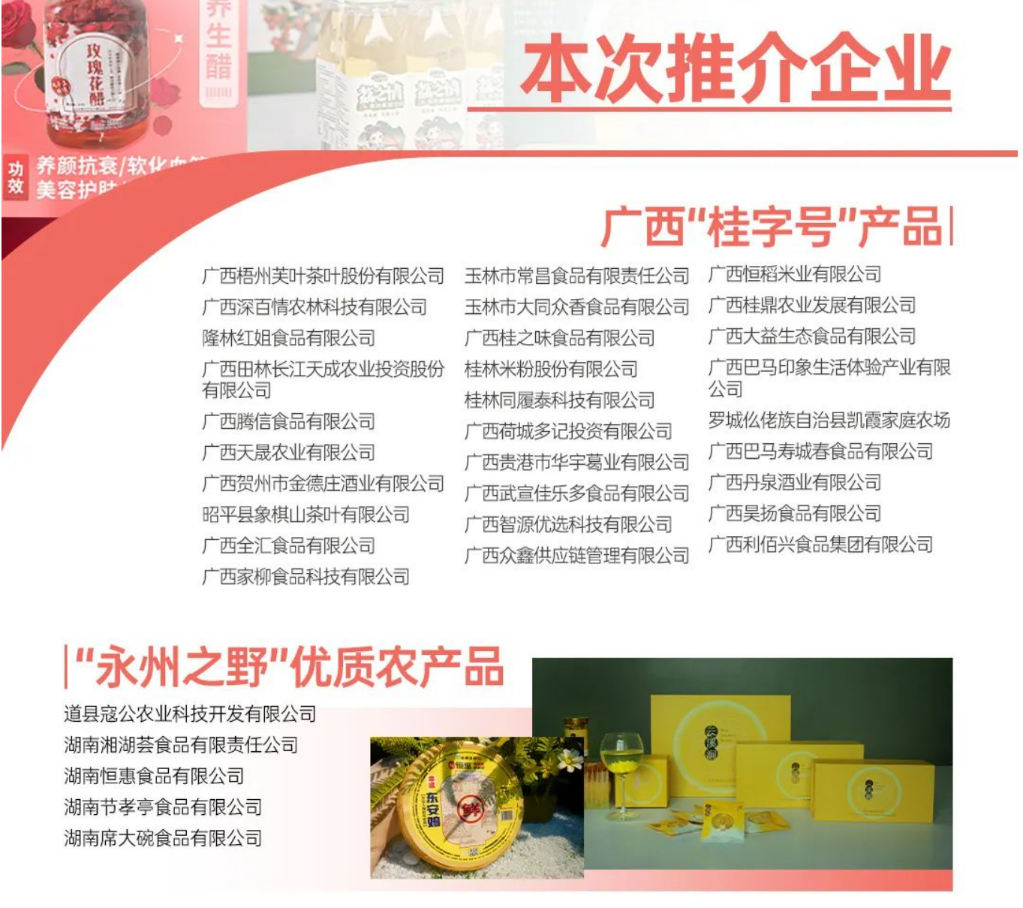
多地食饮企业促消费:SIAL西雅国际食品展秋冬食采节圆满收官
-

2025 SIAL西雅国际食品展启动会圆满举办,TUTTO PIZZA落地中国!
-

农产品消费新业态:SIAL西雅国际食品展12月打造线上采购节
-
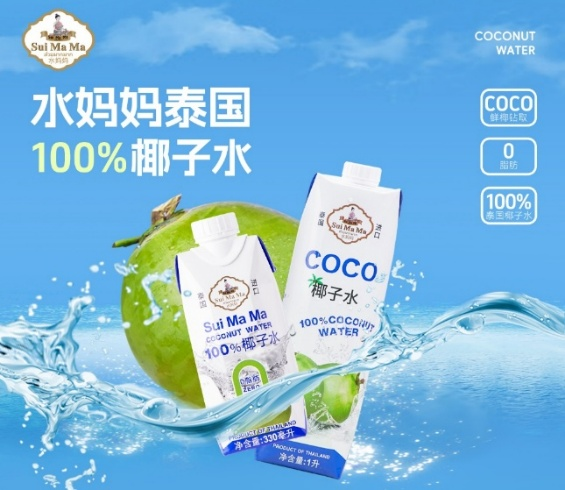
解读泰国椰子水、墨西哥龙舌兰爆火原因:SIAL展创新打造产品IP经济
-

新格局 新动能 新机遇丨2024中国水产品大会在北京开幕
-
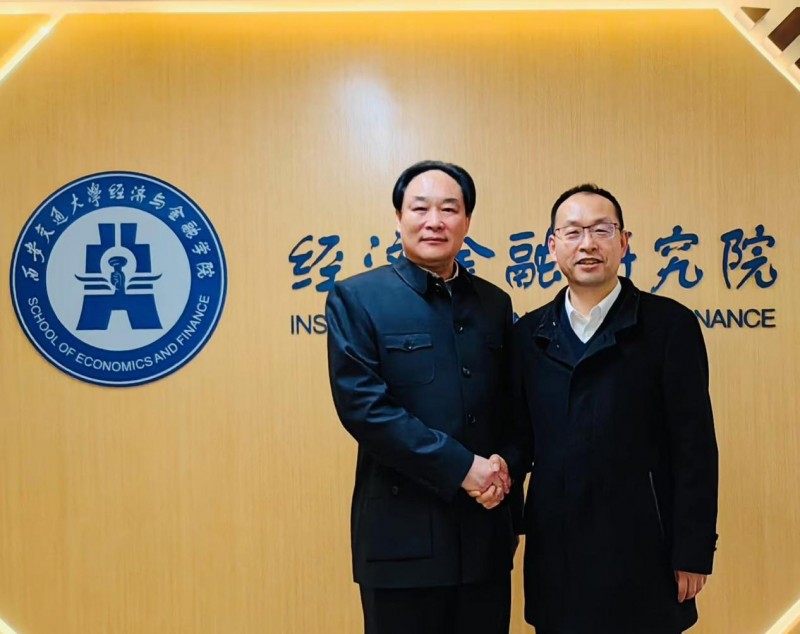
“健康中国与食品安全——创新标准体系座谈会”成功召开
-

知食慧育儿童食育标准化项目2024年度活动圆满收官
-

关于召开2024中国水产品大会的二轮通知
-
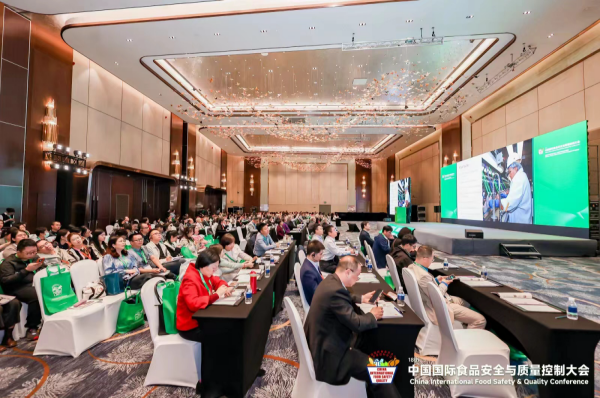
第18届中国国际食品安全与质量控制大会开幕
-

香聚於此、启幕新章,IFF上海创新研发中心璀璨启航!
-

IFF 上海创新研发中心宣布开幕,聚焦创新科技前沿
-

特医食品临床应用和配方创新研讨会成功召开
-

益生菌认证标准、保健食品、ESG与可持续发展主题会议成功举办
-

新质生产力|婴配食品及保健食品行业新质生产力发展会议隆重召开
-
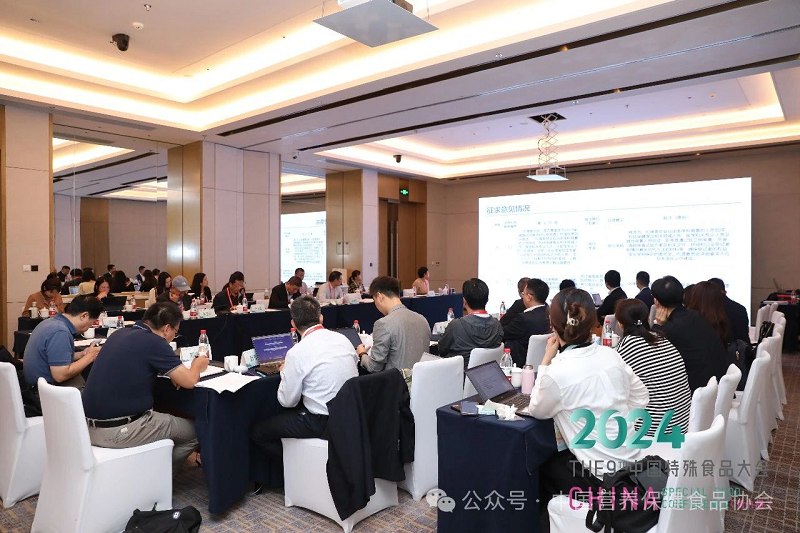
《保健食品真实世界研究通则》团标技术审查与特食跨境电商座谈会
-

聚焦前沿科学 探寻健康突破,人体代谢与健康研讨会在成都成功召
-

专业需求牵手产业发展,第二届母婴营养与科学喂养大会成功举办





